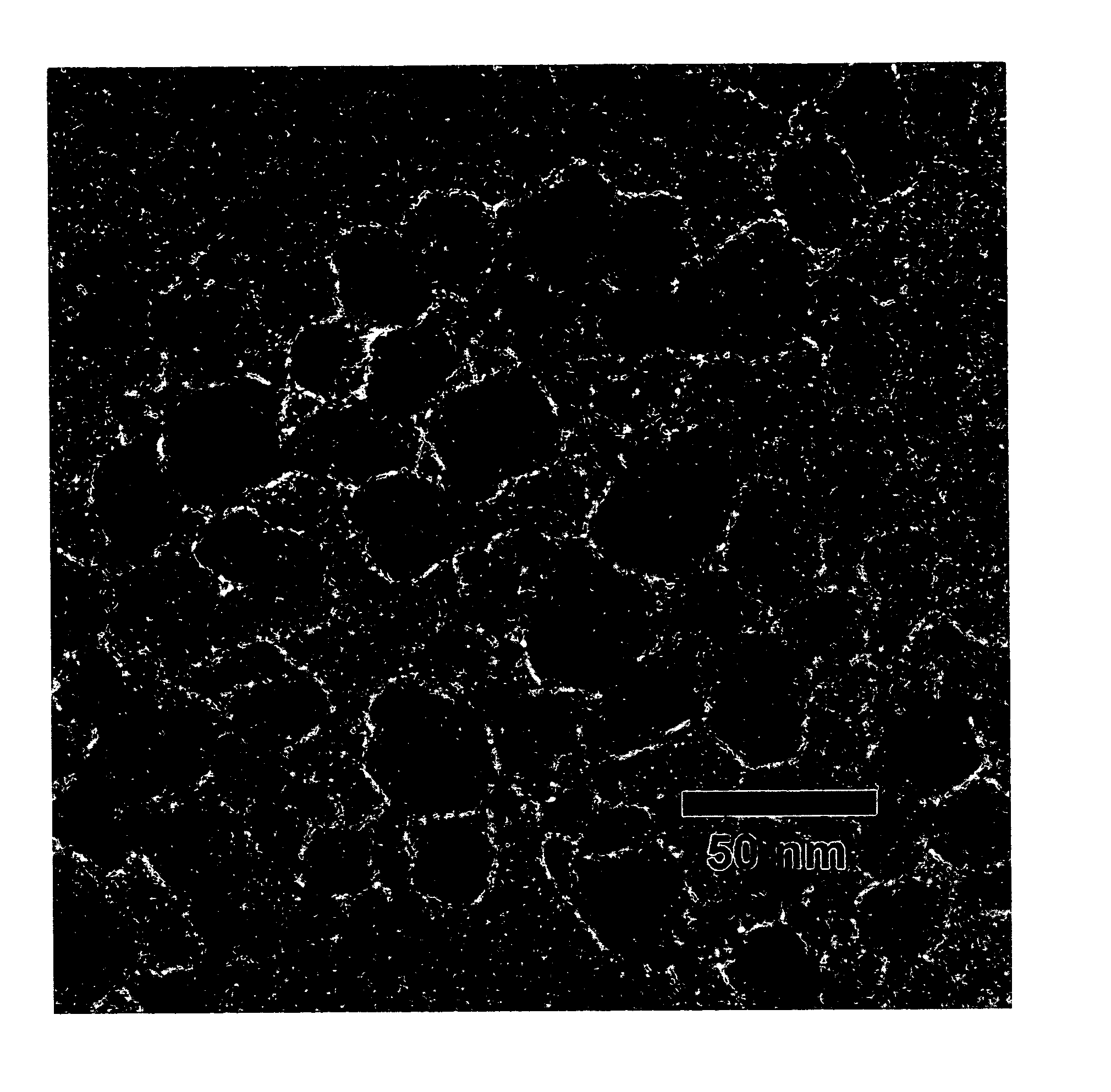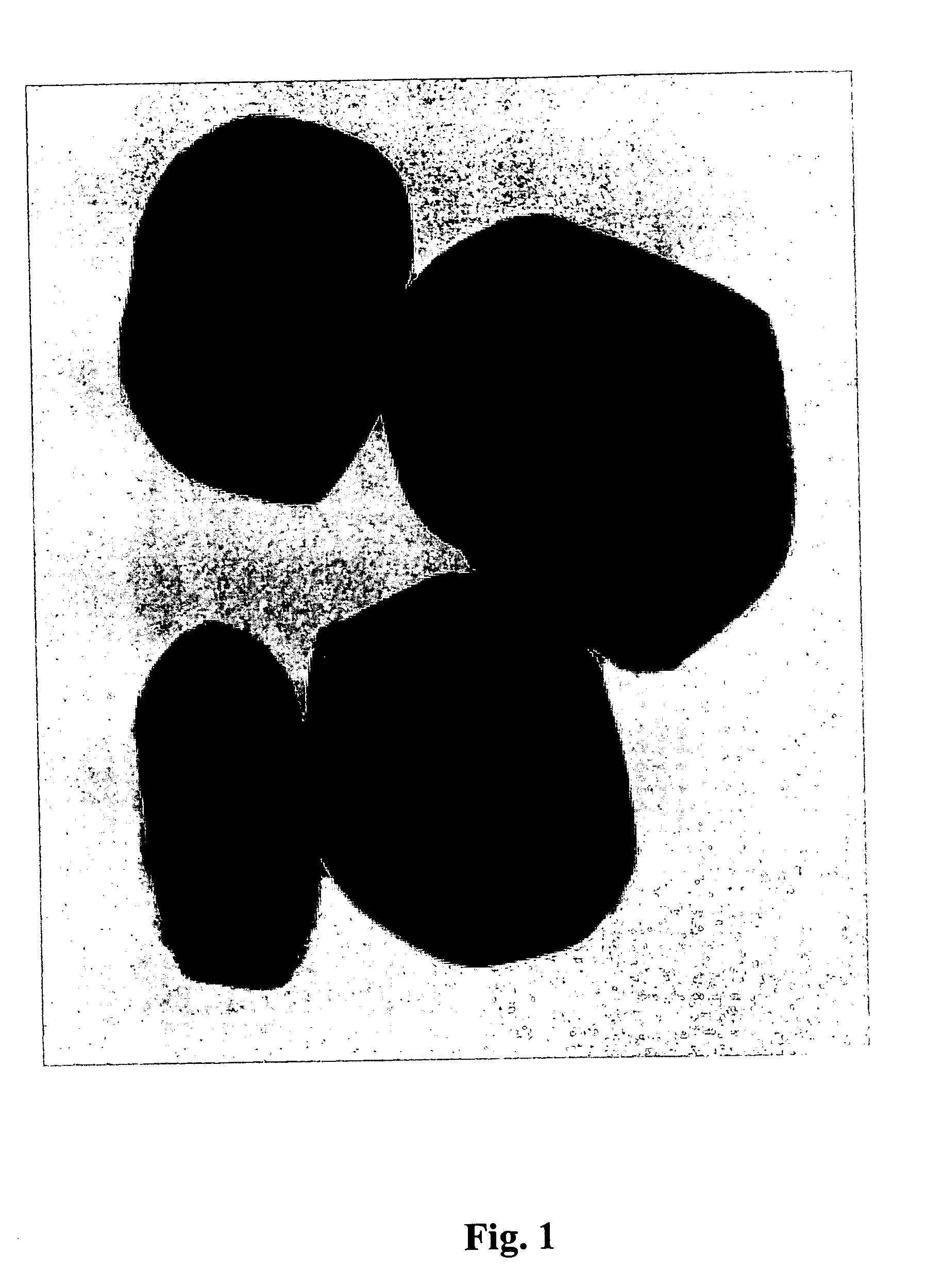Methods for producing titanium metal using multi-carbide grinding media
a multi-carbide, titanium metal technology, applied in the direction of carbide, grain treatment, other chemical processes, etc., can solve the problems of difficult manufacturing of carbide or multi-carbide spheres and solid bodies of other specific shapes, uncontrollable complication of the properties of the resulting compound, and high cost of machine work, etc., to achieve extreme mechanical toughness, high mass density, and extreme hardness
- Summary
- Abstract
- Description
- Claims
- Application Information
AI Technical Summary
Benefits of technology
Problems solved by technology
Method used
Image
Examples
Embodiment Construction
[0038] According to the present invention, a compound is formed from a combination of carbon and two or more different carbide-forming elements (“multi-carbide material”, defined more fully below). Multi-carbide materials have extreme hardness, extreme density, and extreme mechanical toughness. In the present invention, the selection of carbide-forming elements of the multi-carbide materials, and the precise proportional composition for any combination of those elements, is modified to alter the properties of the material. Multi-carbide material is combined with one or more elemental metals of the chosen carbide to alter ductility and other properties of the material. Multi-carbide material is formed effectively and efficiently into a variety of shaped media, preferably into spheres, by the use of novel manufacturing methods.
[0039] The manufacturing method of the present invention maintains proper element composition to optimize desired material properties, produces useful shaped m...
PUM
| Property | Measurement | Unit |
|---|---|---|
| Length | aaaaa | aaaaa |
| Fraction | aaaaa | aaaaa |
| Temperature | aaaaa | aaaaa |
Abstract
Description
Claims
Application Information
 Login to View More
Login to View More - R&D
- Intellectual Property
- Life Sciences
- Materials
- Tech Scout
- Unparalleled Data Quality
- Higher Quality Content
- 60% Fewer Hallucinations
Browse by: Latest US Patents, China's latest patents, Technical Efficacy Thesaurus, Application Domain, Technology Topic, Popular Technical Reports.
© 2025 PatSnap. All rights reserved.Legal|Privacy policy|Modern Slavery Act Transparency Statement|Sitemap|About US| Contact US: help@patsnap.com



